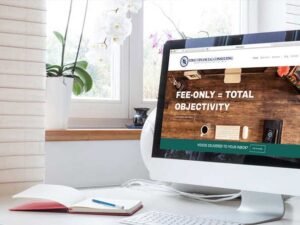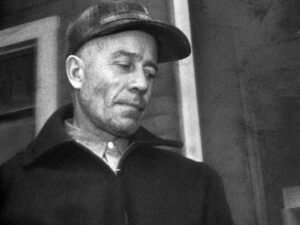When I first started thinking about how to engage my students in a way that promotes self-awareness, the idea of an “All About Me” lesson plan struck me as the perfect approach. It’s not just about filling out a questionnaire; it’s about digging deeper into who they are and encouraging them to express their individuality. In this article, I’ll dive into my comprehensive “All About Me” lesson plan, outlining objectives, activities, and assessments that can spark self-reflection in students of all ages.
Objectives of the Lesson
Before jumping into the activities, it’s essential to establish clear objectives. Here’s what I aim to achieve through this lesson:
Encourage students to explore their identities, interests, and values.
- Foster a sense of belonging within the classroom community.
Materials Needed
Planning ahead is key. Here’s a list of materials you’ll need to execute this lesson effectively:
Lesson Structure
This lesson can span over a week or can be condensed into a single class period, depending on your schedule. I recommend breaking it down into several segments for maximum impact.
Day 1: Introduction and Icebreaker
To kick off this lesson, I like to start with an icebreaker activity. One of my favorites is the “Two Truths and a Lie” game. I ask each student to state two truthful facts about themselves and one fabricated statement. The rest of the class guesses which statement is the lie. This not only serves as a fun way to introduce themselves but also cultivates critical thinking skills.
Day 2: Personal Identity Exploration
On the second day, I encourage students to express who they are through creative mediums. I introduce the concept of a “Me Collage.” Using magazines, newspapers, and art supplies, each student creates a collage that represents their personality, interests, and aspirations.
While they work on their collages, I walk around the classroom, offering support, asking questions, and facilitating discussions. This allows students to reflect and articulate their thoughts about their identities in a safe space.
Day 3: Sharing Our Stories
Once the collages are completed, I dedicate the third day to sharing. Each student presents their collage to the class, explaining the elements they’ve chosen and why they matter to them. I find that this activity not only builds public speaking skills but also fosters empathy as students listen to one another’s stories.
Day 4: Reflection and Journaling
After the presentations, I encourage everyone to write in their journals about the experience. I prompt them with questions like:
This reflective writing allows students to process their feelings and insights. It’s a powerful way to reinforce the lesson’s core objectives of self-discovery and community.
Day 5: Closing and Assessment
To wrap up the week, I hold a closing circle where each student shares one takeaway from the lesson. This not only reinforces the idea of community but also provides an assessment opportunity for me to gauge their understanding and engagement with the material.
For formal assessment, I use a rubric to evaluate their collages and presentations based on creativity, effort, and reflection. Another option is to have students complete a short portfolio that includes their collage, journal entries, and any additional reflections they may have on their learning journey.
Benefits of the “All About Me” Lesson Plan
You might be wondering: why put so much effort into a lesson like this? The benefits are manifold. First off, it fosters a sense of belonging. When students feel seen and valued for who they are, it cultivates a positive learning environment.
Next, this lesson sharpens communication skills. By articulating their thoughts and feelings, students become more proficient at expressing themselves—not an easy task for many! And let’s not forget the creative aspects; encouraging artistic expression allows students to explore different ways of thinking and problem-solving.
Incorporating Technology
In today’s digital age, I often integrate technology into my lesson plan. For instance, students can use tools like Canva or Google Slides to create digital presentations of their collages. Not only are these platforms user-friendly, but they also allow for additional creativity and collaboration.
Conclusion
My “All About Me” lesson plan serves a dual purpose: it integrates academic skills and nurtures self-awareness. By encouraging students to explore their identities, I’m helping them build the confidence necessary to navigate their social worlds. After all, understanding oneself is a crucial part of personal and academic growth.
If you’re considering implementing this lesson in your classroom, I highly encourage you to adapt it to meet the specific needs of your students. Ultimately, the goal is the same: to cultivate a classroom environment where every student feels valued, appreciated, and empowered to express themselves.




